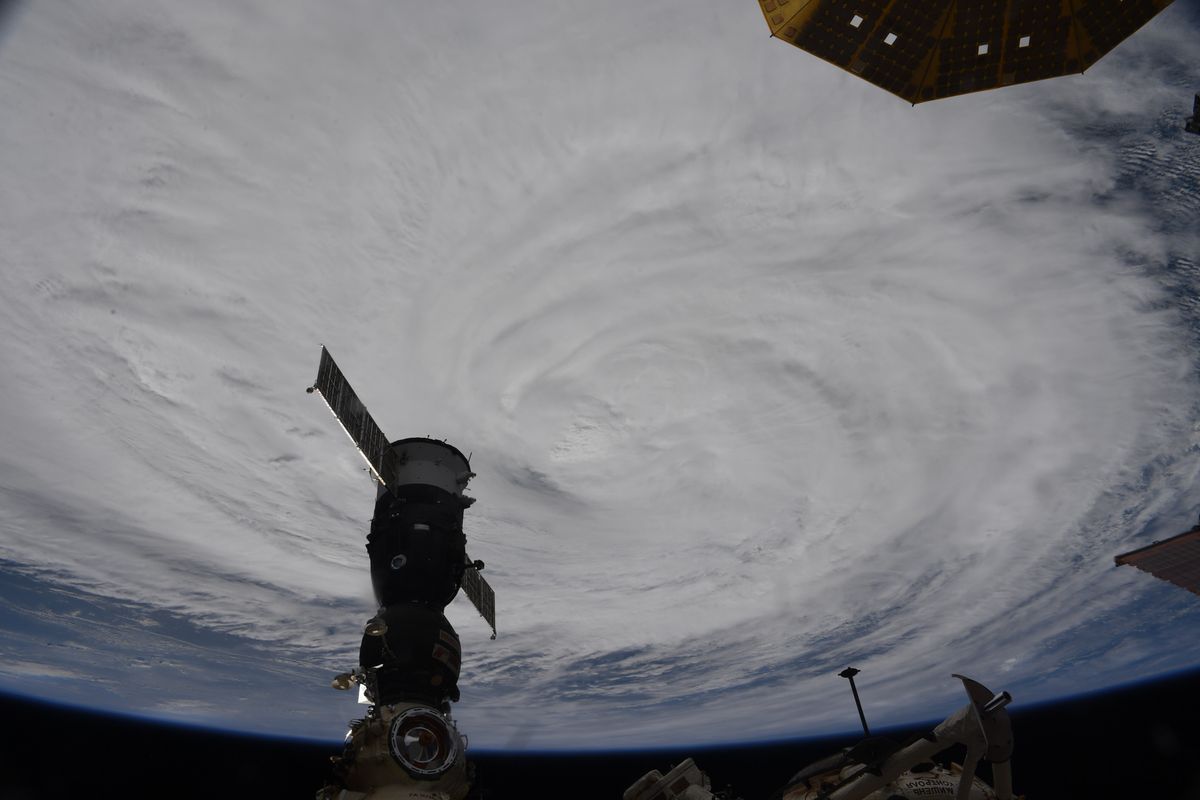🌪️ How do hurricanes get their names?
Follow us on Google News (click on ☆)
The World Meteorological Organization (WMO) is responsible for assigning names to tropical storms. A storm receives a name once its winds reach at least 39 mph (63 km/h). The goal is to facilitate identification and the dissemination of alerts throughout their tracking. Names come from pre-established lists, alternating between male and female first names.

Japanese astronaut Akihiko Hoshide captured this image of Typhoon Mindulle over Japan from the International Space Station.
Credit: Jaxa/Akihiko Hoshide
Names are drawn from regional lists, rotated every six years. Each ocean basin has its own lists. A short, distinctive, and easy-to-pronounce name can save lives when relayed in the media, weather apps, and emergency networks.
In the event of a major disaster, such as Katrina or Haiyan, the name is permanently retired to avoid future confusion. It is then replaced by another name, selected by WMO member countries and starting with the same letter.
The naming system has evolved over time. In the 19th century, storms were often named after the saint corresponding to the day they appeared. During World War II, American aviators used the names of their loved ones to designate storms. Since then, the system has become more professional while retaining traces of these historical influences.
Today, weather satellites allow for precise tracking of hurricane paths and intensity. This data has significantly improved forecasts and enabled better anticipation of at-risk areas. However, accurately predicting their impact remains challenging, particularly due to local variations in topography and climate.
Why are some hurricanes deadlier than others?
It's not just a matter of strength. The hurricane's path, population density of affected areas, and local preparedness are decisive factors. A Category 3 hurricane in a poorly prepared area can cause more casualties than a Category 5 hurricane striking a well-equipped region.
Climate change may also play a role in increasing the frequency and intensity of tropical cyclones. This is pushing scientists to revise forecasting models and adaptation strategies in the face of these growing threats.